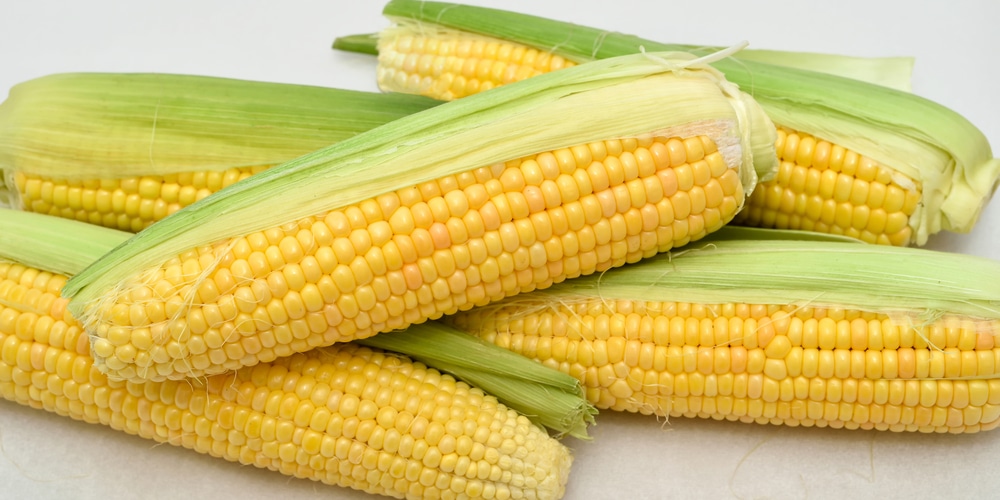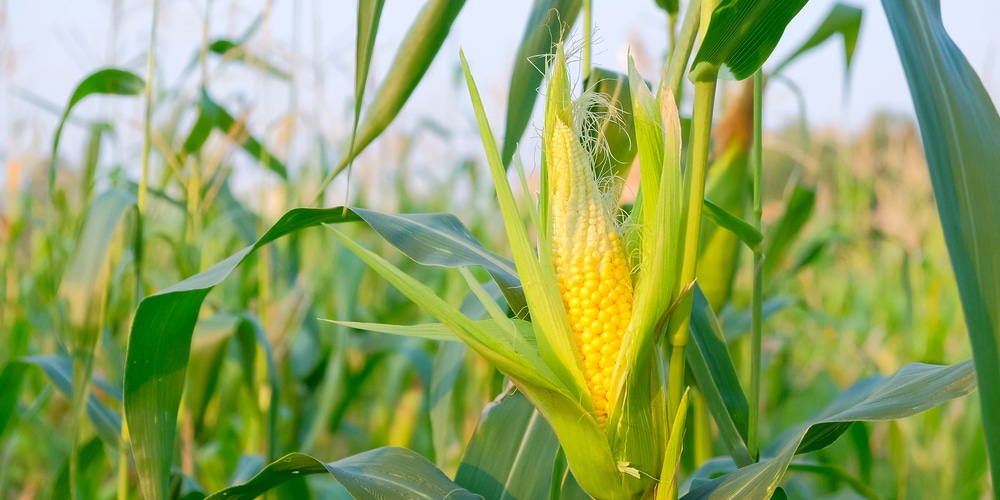If you’re a farmer in Illinois, you know that timing is everything when it comes to planting corn. You need to make sure that you plant your corn at the right time to yield the most amount of crops possible. In this blog post, we will discuss the best time for planting corn in Illinois so that you can maximize your profits!
When Is The Best Time To Plant Corn In Illinois

One of the most popular crops in Illinois is corn. Corn is a warm-season crop, meaning it should be planted after the year’s last frost. The best time to plant corn in Illinois is between mid-April and early May.
However, this can vary depending on the specific region of the state. For example, in southern Illinois, the growing season is typically longer than in the northern part of the state. As a result, planting corn in south Illinois can be pushed back to late April or early May.
Regardless of where you live in Illinois, it is essential to keep an eye on the forecast and only plant corn once the danger of frost has passed.
You can plant your corn outside in Illinois when there hasn’t been a frost for two weeks! You can ensure that your corn crop gets off to a strong start with a bit of planning.
What Are Some Of The Benefits Of Planting Corn At The Right Time
One of the most important aspects of agriculture is timing. Farmers need to know when to plant their crops to maximize yields and minimize losses. Corn is one crop that is particularly sensitive to timing.
Planting too early or too late can reduce the corn that a farmer can harvest. The ideal time to plant corn depends on several factors, including the climate and the type of corn grown.
However, farmers can follow some general guidelines to ensure that their corn is planted at the optimum time.
Planting corn too early can result in the plants being damaged by frost or cold weather. This can reduce the yield of the crop and the quality of the corn. In addition, early planting can also increase the risk of disease and pests.
On the other hand, planting corn too late can lower yields due to heat stress or drought conditions. In addition, late-planted corn is more likely to be attacked by pests and diseases.
As a result, farmers need to carefully consider the right time to plant their corn crop. By following some simple guidelines, they can ensure that their corn is planted at the optimum time for maximum yields.
What Factors Should You Consider When Deciding When To Plant Corn In Your Area?
One of the most important factors to consider when planting corn is the length of the growing season. To provide the corn plants with enough time to mature, it is important to choose a planting date of at least 60 days before the first expected frost.
However, in some areas, the growing season may be shorter or longer than average, so it is important to consult a local gardening expert or weather forecast before deciding.
Other important factors include soil temperature, rainfall levels, and sun exposure. Ideally, the soil should be at least 60 degrees Fahrenheit before planting, and there should be no more than 2 inches of rainfall per week. The corn plants will also need full sun exposure to thrive.
By taking all of these factors into account, you can ensure that your corn plants have the best chance of reaching maturity.
How Can You Tell If It’s Too Late To Plant Corn In Your Area This Year?
It’s a common question among gardeners: how can you tell if it’s too late to plant corn in your area? After all, if you wait too long, you may miss the window of opportunity for a successful harvest.
Unfortunately, there is no definitive answer, as the best time to plant corn depends on several factors, including your location, the weather, and the type of corn you are growing.
However, a few general guidelines can help you determine whether or not it’s too late to plant corn in your area:
- Check the average date of the first frost for your region. If you plant too close to this date, your corn will be at risk of being damaged by frost.
- Look at the forecast for the next week or two. If temperatures are expected to be consistently below 50 degrees Fahrenheit, it’s probably too cold to plant corn.
- Consider the length of the growing season in your area.
If you live in a region with a short growing season, getting your corn in the ground as early as possible is important. By following these guidelines, you can help ensure that you don’t miss the window for planting corn in your area.
When to plant corn in Illinois: Conclusion
When it comes to planting corn, timing is everything. By following some simple guidelines, farmers can ensure that their corn crop is planted at the optimum time for maximum yields.
By considering the length of the growing season, the forecasted weather, and the soil temperature, farmers can help ensure that their corn plants have the best chance of reaching maturity.
With a little planning and some knowledge of the best time to plant corn in your area, you can ensure a successful harvest.
Related article: Can You Plant Corn in Clay Soil?

